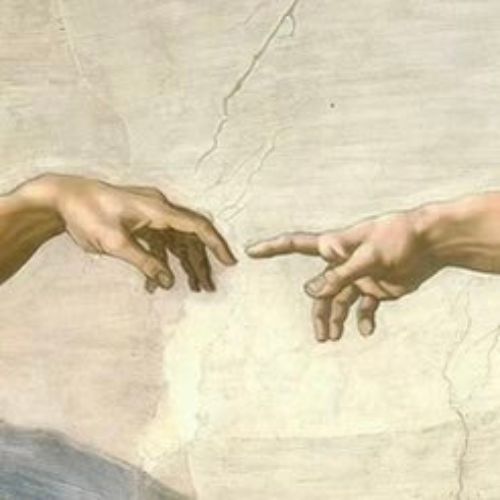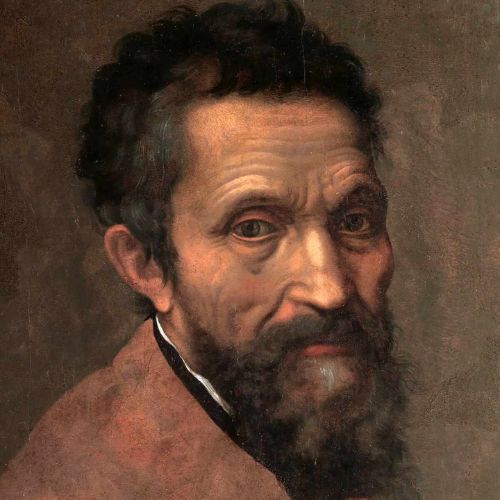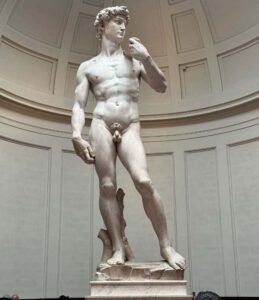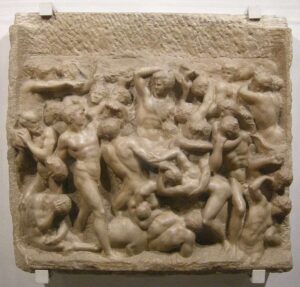introduction
The Renaissance was the time of rebirth – an era in which man returned to the ideas of antiquity, where man was at the epicentre of the world. After centuries of darkness, the light of art, science and the courage to ask questions evolved. It was then that humanism was born – a trend whose main idea was to focus on development, abilities and emotions. This way of thinking initiated the process by which human universality was defined. Thus, the Renaissance man is a versatile individual, undertaking activities in various fields – from science to art – with passion and creativity. He is a symbol of an open mind and the constant pursuit of self-development.
Agenda
Leonardo da Vinci
Early years and the birth of curiosity
Leonardo da Vinci was born in 1452 in Vinci. From childhood he showed an extraordinary curiosity about the world – he drew, observed nature and was interested in how things worked. Although he did not attend a formal school, he developed independently in many directions.
The origins of his versatility
As a teenager, he was educated at the Verrocchia studio in Florence. There he learned painting, sculpture, mathematics and precision. He realised that an artist should also be a researcher. He had already begun to combine art and science – a characteristic of the Renaissance man.
Creativity, research and discovery
Moving to Milan and Florence, he created works such as The Last Supper and Mona Lisa, but also designed machines, studied anatomy and nature. He kept hundreds of sketches and notes. He was not only an artist, but also an inventor and a scientist – the epitome of the Renaissance ideal.
Legacy of a Leonardo
In the last years of his life, he worked in France for King Francis I. Although ailing, he continued to create and reflect. He died in 1519. He left behind not only his famous paintings, but also a body of knowledge that combined art, science and technology – the paragon virtues of this era.
Leonardo's achievements

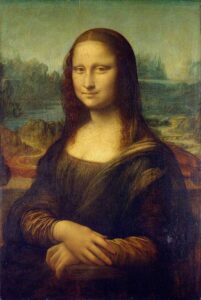
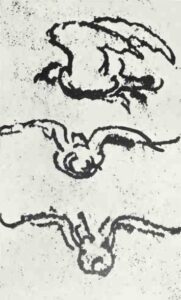


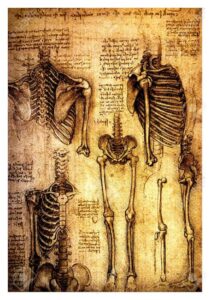
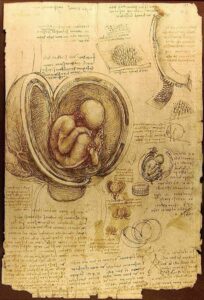
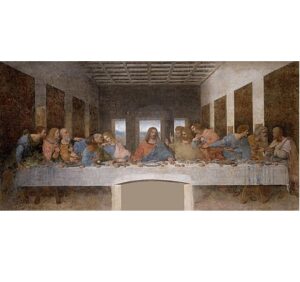
Introduction and what led him to become an artist

Michelangelo Buonarroti is often cited as one of the most prominent representatives of the ltalian Renaissance. Michelangelo’s creative abilities and mastery of many artistic disciplines define him as the archetypal Renaissance man. His work, inspired by models from classical antiquity, had a lasting influence on Western art.
He showed artistic talent from an early age. It was then that he began his apprenticeship with well-known Florentine painters. They introduced the young Michelangelo to the Florentine rulers, where his talent was appreciated by the Medici family. Thanks to their patronage, he was able to develop in numerous fields of art.
Sculpture
Of all them, the most important for Michelangelo was sculpture. It was with these that he began his professional career with works such as the ‘Battle of the Centaurs’ and the ‘Madonna at the Stairs’. He became famous for masterpieces such as the Pieta’, ‘David’ and ‘Moses’, in which he outstandingly combined ancient beauty models with a realistic representation of the human anatomy, achieving striking results.
Painting
Although he did not consider himself a painter, he is also known today for his painting achievements. Among his greatest achievements in this field are the frescoes in the Sistine Chapel, showing scenes from Genesis and the Last Judgement.
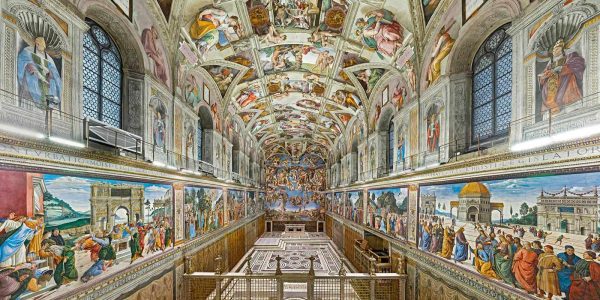
Architecture and poetry
Later in life, he also took up architecture and poetry. He designed the appearance of the dome in the St. Peter’s Basilica and the Capitoline Square, working on the church until his death. He also wrote almost 300 poems and sonnets on the themes of love and death, expressing his personal experiences and reflections.
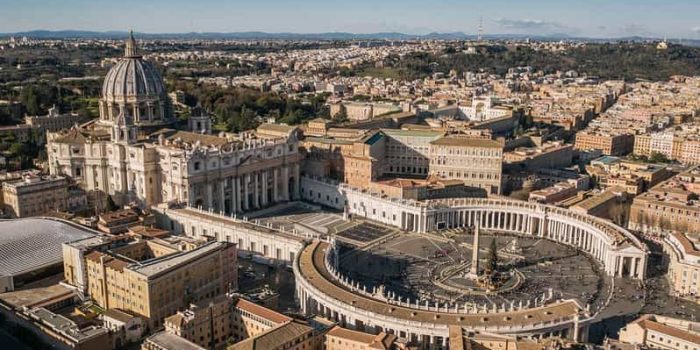
Nicolaus Copernicus
The man who changed the World
Decisively, Nicolaus Copernicus – Polish lawyer, spiritual and scientist can be recognised as a paragon of a renaissance man. Although extensive knowledge allowed him to work in different fields his biggest achievement was „De revolutionibus orbium coelestium”, in which he announced the heliocentric theory. Apart from this, he was a doctor, clerk, diplomat and doctor of canon law, not to mentioned he was also into economy, military strategy, cartography, philology and physics.
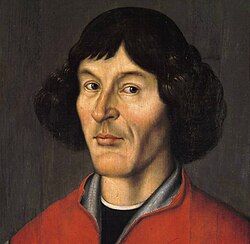
Who was the leading Polish polyhistor

Nicolaus Copernicus was born in 1473 in Toruń. He spent his youth and get first teachings there – in parochial school of the St. John’s Church in Toruń. Followed by studying on the Cracow academy as well as in Bologna and Padua. Meanwhile, he gained lower orders and assumed the Warmian canonry.
Real Renaissance Man
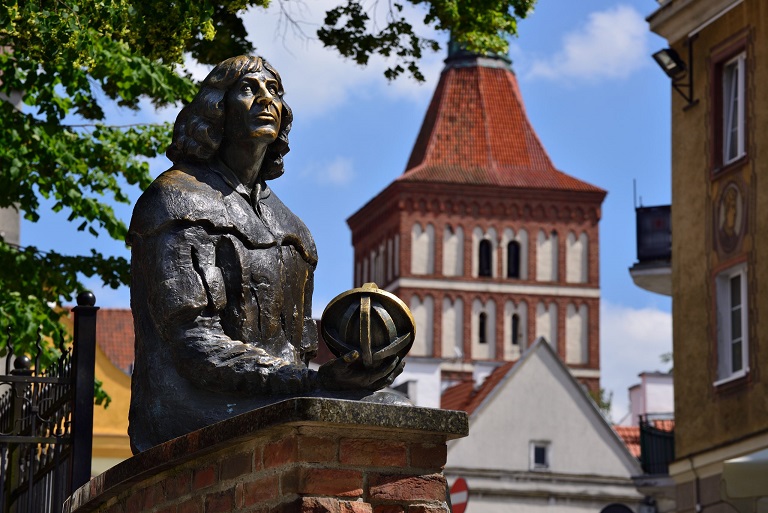
In his adult life, Nicolaus Copernicus gained experience in many fields. Copernicus like other Renaissance and Antique creators he had a patron of art and science. It was his uncle, Warmia bishop, Łukasz Watzenrod. Thanks to his financial support, he started studies in Cracow and landed a job as a lawyer and diplomat. He performed the duties as; administrator of the chapter estate, estate of Olsztyn, commissioner for Warmia, general administrator of the episcopate in Warmia and member of the warmiński assembly.
„He stopped the Sun and moved the Earth”
Copernicus was utterly appreciated for versatility and eclecticism. His knowledge allowed him to stand out. He could get out of convention and undermine the rules of surrounding world. Only by his abilities, erudition and innovative approach, could he make discoveries, which changed the perception of the world, and life of common people.
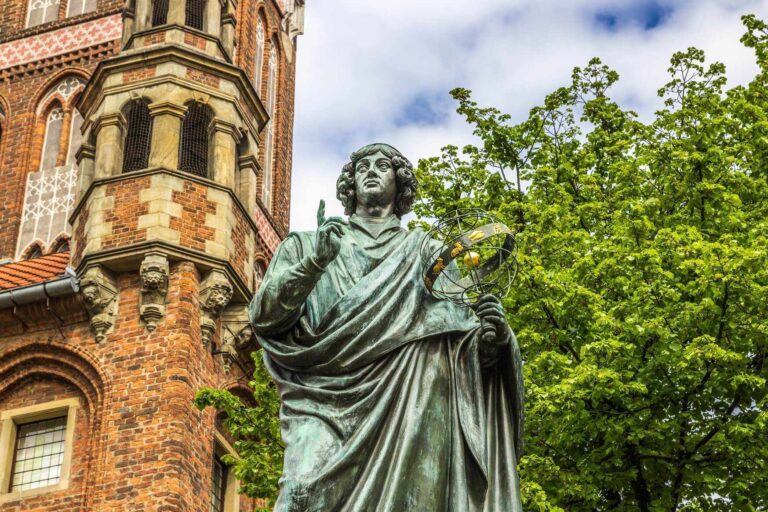
The most important scientific achievements
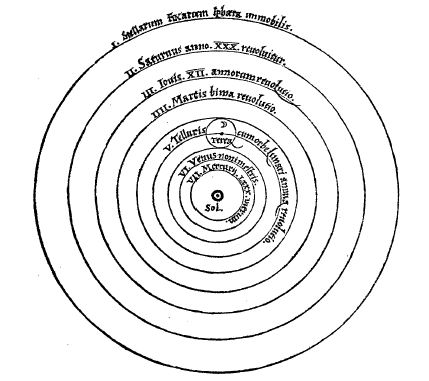
– Helicentic theory – „De revolutionibus orbium coelestium”
– Gresham-Copernicus law
– „Monetae cudendae ratio”
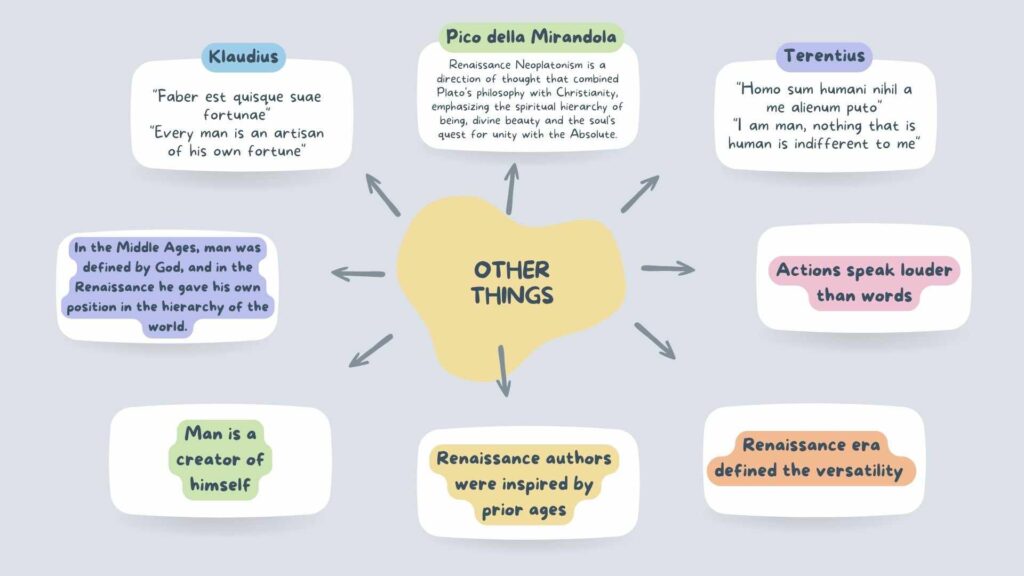
Final thoughts
Given their achievements and commitment to self-development, it can be assumed that the people of this era took a giant leap into the future. Their groundbreaking ideas paved the way for developments in many branches of both science and art, contributing to the development of future generations.

made by italy5 group
Paweł Bodal
Kacper Brażuk
Natan Karasek
Jędrzej Kuśmierczyk
Mateusz Piotrowski
Lidia Steciuk

